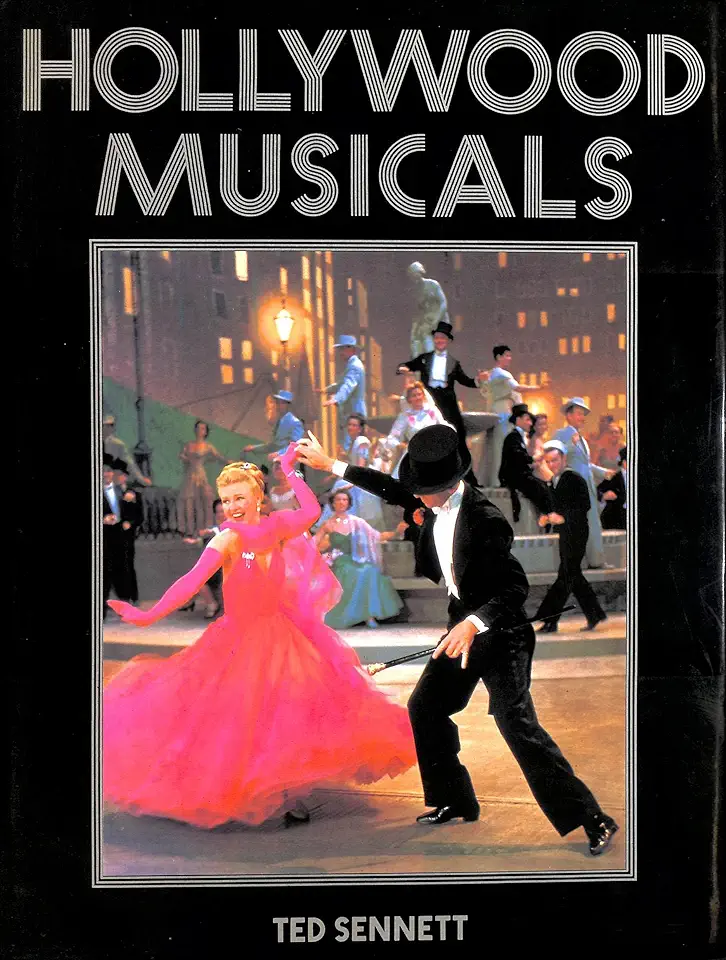
Hollywood Musicals - Ted Sennett
Hollywood Musicals: The Rise and Fall of an American Genre
Introduction
In the early 20th century, Hollywood musicals were a major force in American popular culture. They were beloved by audiences of all ages, and they helped to shape the way that Americans thought about music, dance, and romance.
But by the end of the 1960s, the Hollywood musical was in decline. A number of factors contributed to this decline, including the rise of rock and roll, the changing tastes of audiences, and the increasing cost of producing musicals.
In this book, Ted Sennett tells the story of the Hollywood musical, from its humble beginnings to its eventual decline. He provides a detailed analysis of the genre, and he discusses the many factors that contributed to its success and failure.
The Golden Age of the Hollywood Musical
The Golden Age of the Hollywood musical is generally considered to have lasted from the early 1930s to the late 1950s. During this time, musicals were a major part of the American film industry, and they produced some of the most iconic films of all time, including "The Wizard of Oz" (1939), "Singin' in the Rain" (1952), and "West Side Story" (1961).
The Golden Age of the Hollywood musical was characterized by a number of factors, including:
- The rise of the studio system: The major Hollywood studios, such as MGM, Warner Bros., and RKO, had a monopoly on the film industry, and they were able to produce musicals on a grand scale.
- The development of sound technology: The introduction of sound technology in the late 1920s allowed musicals to incorporate music and dance in a way that had never been possible before.
- The emergence of new stars: The Golden Age of the Hollywood musical saw the rise of some of the most iconic stars of all time, including Fred Astaire, Ginger Rogers, Gene Kelly, and Judy Garland.
The Decline of the Hollywood Musical
The decline of the Hollywood musical began in the late 1950s. A number of factors contributed to this decline, including:
- The rise of rock and roll: Rock and roll was a new genre of music that appealed to a younger generation of audiences. It was faster, louder, and more rebellious than the music of the Hollywood musicals.
- The changing tastes of audiences: Audiences were becoming more interested in realistic dramas and comedies. They were no longer as interested in the escapist fantasy of the Hollywood musicals.
- The increasing cost of producing musicals: The cost of producing musicals was increasing, and the studios were no longer willing to invest in them.
The Legacy of the Hollywood Musical
The Hollywood musical may have declined in popularity, but it has left a lasting legacy. The musicals of the Golden Age are still beloved by audiences around the world, and they continue to be influential in popular culture.
The Hollywood musical is a unique genre of film that combines music, dance, and drama. It is a genre that has produced some of the most iconic films of all time, and it is a genre that will continue to be enjoyed for generations to come.
Conclusion
Ted Sennett's book, "Hollywood Musicals: The Rise and Fall of an American Genre," is a comprehensive and insightful look at one of the most important genres of American film. Sennett provides a detailed analysis of the genre, and he discusses the many factors that contributed to its success and failure. This book is a must-read for anyone who is interested in the history of Hollywood or in the history of popular culture.